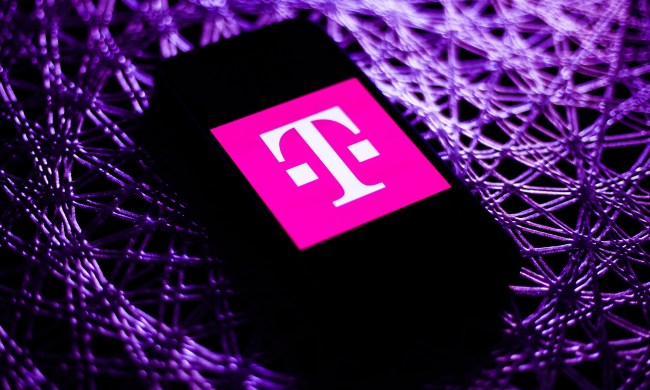
Number three U.S. mobile operator Sprint is patting itself on the back at the end of the year, touting its “Network Vision” plan that included nationwide 3G service upgrades and the first steps towards its own 4G LTE network. The update included some interesting almost promises for people itching to get on the 4G bandwagon: Sprint plans to start offering its first LTE devices in mid-2012, and anticipates having most of its LTE network completed in 2013.
“With the network investments we made in 2011 and as the only national wireless carrier to offer truly unlimited data plans while on the Sprint network, we continue to offer better value than Verizon, T-Mobile, and AT&T.” said Sprint senior network VP Bob Azzi, in a statement. “Sprint’s on an aggressive path to roll out Network Vision, and in collaboration with our partners, have already achieved many significant milestones that offer improved customer experience on the Sprint 3G network, and we expect to maintain and even accelerate this momentum in 2012.”
Sprint’s Network Vision plan is an overhaul of Sprint’s entire network, which is currently an expensive mish-mash of services: Sprint runs CMDA for phones, still runs iDEN for push-to-talk services it acquired from Nextel, 3G data services, along with 4G WiMax services running alongside Clearwire’s WiMax network. Part of Network Vision entails bulking up Sprint’s existing 3G services, but also consolidating the technologies into a seamless network. Part of that is saying goodbye to iDEN—it’ll be phased out in 2013—but also adding 4G LTE capabilities to the mix.
In preparation for rolling out its LTE services, Sprint launched its first multimodal base station in Branchburg, New Jersey, along with its first cluster of LTE cell sites in Kankakee, Illinois to complete field integration testing.
Sprint expects to make announcements about its first LTE markets and devices “early next year,” which should give some customers a heads-up if they’re likely to be in Sprints’ first LTE services areas.


